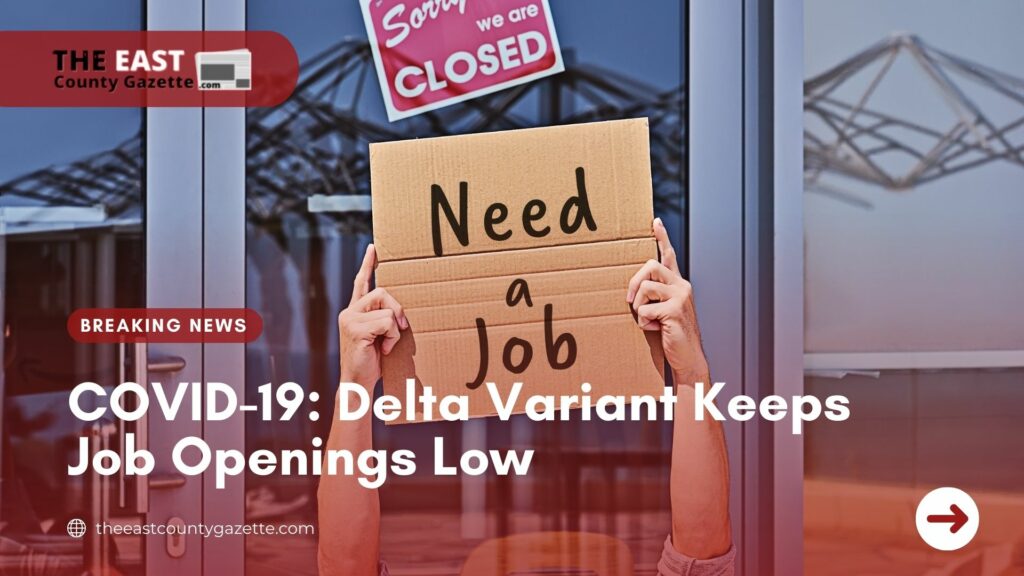With the Delta variant of the COVID-19 virus still ravaging many parts of the US, job openings remain low, with employers reporting only 194,000 job openings in September.
According to the Bureau of Labor Statistics, the unemployment rate fell by 0.4 percentage points to 4.8 percent in September. The number of unemployed persons fell by 710,000 to 7.7 million.
Both measures are down considerably from their highs at the end of the February-April 2020 recession. However, they remain above their levels prior to
the coronavirus (COVID-19) pandemic (3.5 percent and 5.7 million, respectively, in February 2020).
Among the major worker groups, the unemployment rates for adult men (4.7 percent), adult women (4.2 percent), Whites (4.2 percent), and Blacks (7.9 percent) declined in September. The jobless rates for teenagers (11.5 percent), Asians (4.2 percent), and Hispanics (6.3 percent) showed little change over the month.
Recent employment changes are challenging to interpret, as pandemic-related staffing fluctuations in public and private education have distorted the normal seasonal hiring and layoff patterns.
Since February 2020, employment is down by 310,000 in local government education, by 194,000 in state government education, and by 172,000 in private education.
Employment in health care changed little in September (-18,000). Job losses occurred in nursing and residential care facilities (-38,000) and hospitals (-8,000), while ambulatory health care services added jobs (+28,000).
Recommended Read: US Reports Worst Employment Rates, Adds 235,000 New Jobs in August
Employment in health care is down by 524,000 since February 2020, with nursing and residential care facilities accounting for about four-fifths of the loss.
Associated Press reports that while the economy is showing some signs of emerging from the drag of the delta variant of the coronavirus, with confirmed new COVID-19 infections declining, restaurant traffic picking up slightly, and consumers willing to spend, new infections remained high as September began and employers are still struggling to find workers because many people who lost jobs in the pandemic have yet to start looking again.
As of now, the threat of the pandemic is still felt significantly strongly especially for those who work in public jobs. Adding to that are vaccine hesitancy and discrimination, with states disagreeing on how residents can arm themselves against the deadly virus.

